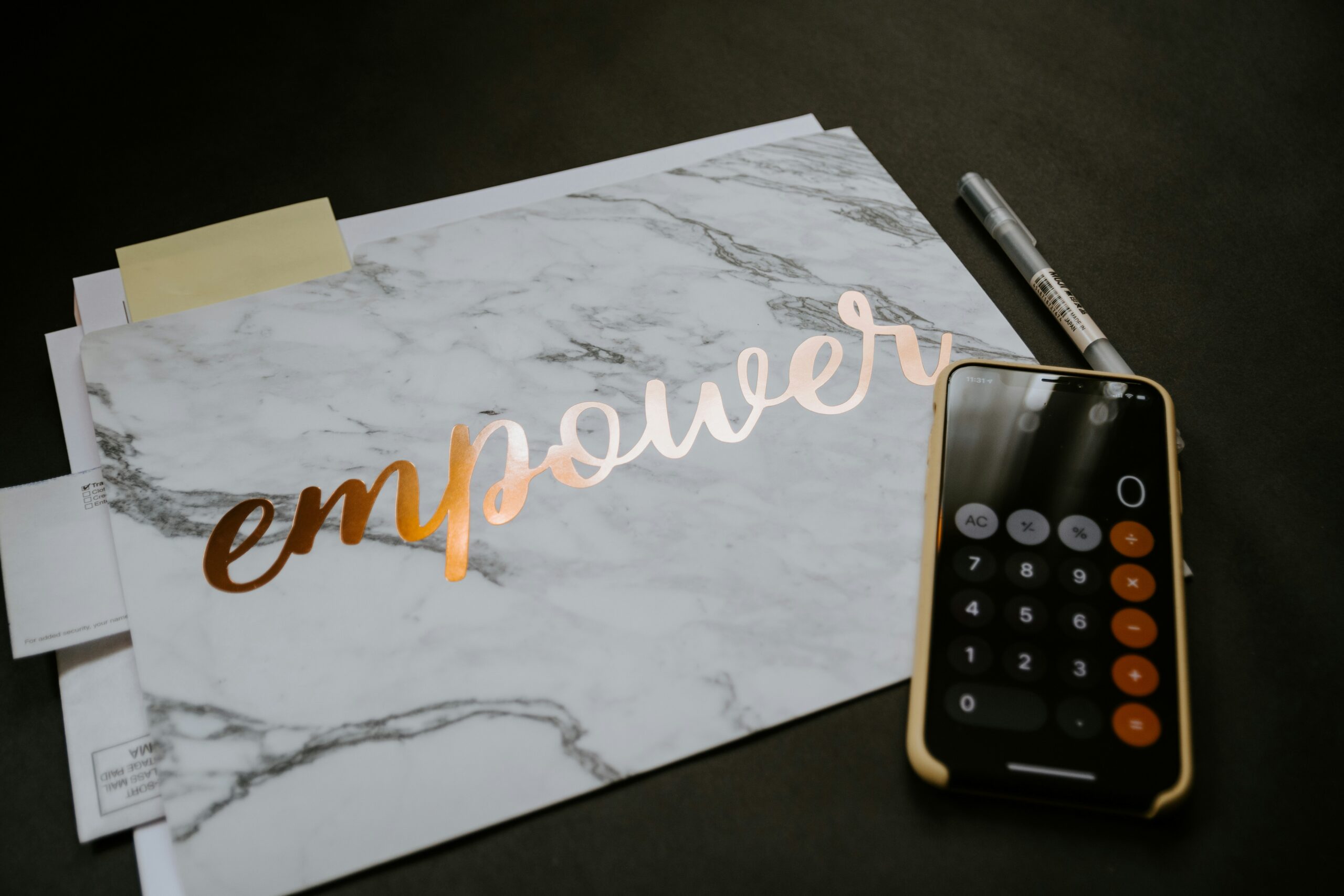Why Creating a Budget is Essential
Creating a budget is one of the most empowering financial decisions you can make. Whether you’re saving for a vacation, paying off debt, or just trying to make sense of your monthly expenses, having a budget is key. It helps you understand where your money goes and allows you to prioritize your spending effectively. In this post, we’ll guide you through the straightforward process of building a budget that works for you, whether you prefer writing it down on paper or using an app. I prefer using a planner for my budget because I thrive on having a monthly view and a neatly ordered list of my expenses. While I don’t enjoy writing down every single purchase, I found that doing so really helped me realize how much I was actually spending. It was a valuable eye-opener as I worked to build and stick to my budget.
Understanding the Basics of Creating a Budget
What is a Budget?
At its core, a budget is a plan that outlines your income and expenses over a specific period, typically a month. It gives you a clear picture of your financial health and helps you make informed decisions about your spending.
Why Should You Create a Budget?
- Control Over Spending: A budget gives you a clear view of where your money goes, allowing you to cut unnecessary expenses.
- Goal Setting: It helps you set and achieve financial goals, whether it’s saving for a house or building an emergency fund.
- Stress Reduction: Knowing you have a plan can significantly reduce financial stress.
Step 1: Gather Your Financial Information
Before you start creating your budget, gather all necessary financial documents. This includes:
- Income Sources: Pay stubs, freelance income, rental income, etc.
- Bank Statements: Look at your past month’s spending to understand your patterns.
- Bills: Include utilities, subscriptions, and any other regular expenses.
The Importance of Accurate Data
Using accurate and current financial data is crucial. The more precise your information, the better your budget will reflect your true financial situation.
Step 2: Determine Your Income
Calculate Your Total Monthly Income
List all sources of income you receive on a regular basis:
- Salary (after tax)
- Side hustles
- Passive income
This total will serve as the foundation of your budget.
Step 3: List Your Expenses
Creating a budget is all about balance—understanding how much you spend compared to how much you earn. A great way to see this all in one place is with the app Rocket Money. Here’s a breakdown of categories you should include:
Fixed Expenses
These are costs that stay the same each month:
- Rent/Mortgage
- Insurance (health, car, home)
- Loan payments (student, auto)
- Subscriptions (streaming services, gym)
Variable Expenses
These costs can fluctuate month-to-month:
- Groceries
- Dining out
- Entertainment (movies, events)
- Transportation (gas, public transport)
Savings and Investments
Don’t forget to allocate funds for savings and investments:
- Emergency fund
- Retirement accounts
- Other savings goals (vacation, home down payment)
Step 4: Analyze Your Spending
Track Your Expenses
For at least one month, track every expense. You can use a notebook, a spreadsheet, or a budgeting app. This tracking will help you see patterns in your spending.
Identify Areas for Improvement
Once you’ve tracked your expenses, look for trends. Are you spending too much on dining out? Do you need to adjust your grocery budget? This analysis is crucial for refining your budget.
Step 5: Create Your Budget
Choose Your Format
Decide whether you prefer a paper-based budget or a digital one. Both methods have their pros and cons:
- Paper Budget: Tangible, allows for physical engagement, and can be more personal.
- Budgeting Apps: Often come with features that automate tracking and provide insights. Popular options include Mint, YNAB (You Need A Budget), and PocketGuard.
Build Your Budget
Start with your total income at the top. Below that, list all your fixed and variable expenses. Then, subtract your total expenses from your income. The goal is to have your expenses lower than your income, allowing for savings.
Step 6: Review and Adjust
Regularly Update Your Budget
Your budget isn’t set in stone. Review it monthly to see if you need to adjust based on changes in income or expenses.
Celebrate Small Wins
As you stick to your budget, celebrate your successes! Whether it’s paying off a debt or reaching a savings goal, acknowledging your achievements can motivate you to stay on track.
Common Budgeting Mistakes to Avoid
Underestimating Expenses
Don’t be too optimistic about your spending habits. Include all possible expenses, even those that may occur infrequently.
Forgetting Irregular Income
If you earn money sporadically (like bonuses), don’t forget to factor those into your budget when they occur.
Ignoring Small Purchases
Those little expenses can add up. Keep track of every dollar spent, no matter how small.
Take Control of Your Finances
Creating a budget doesn’t have to be overwhelming. By breaking it down into manageable steps, you can take charge of your financial situation. Remember, the key to success in creating a budget is consistency and willingness to adjust as needed.
Are you ready to start budgeting? Grab a notebook or download your favorite budgeting app, and take the first step toward financial clarity today! Share your budgeting journey in the comments below; we’d love to hear your tips and experiences!
By following this guide, you’re on your way to creating your best budget—one that reflects your values and helps you achieve your financial goals. Remember, the path to financial wellness starts with a single step. Start today!
Previous Post
Next Post
Keep Reading
blog home
SEARCH
What do you want to learn today?
trending searches
living mindfully
self care
recipes
toxin free
minimalism
DIY

+ Show / Hide Comments
Share to: